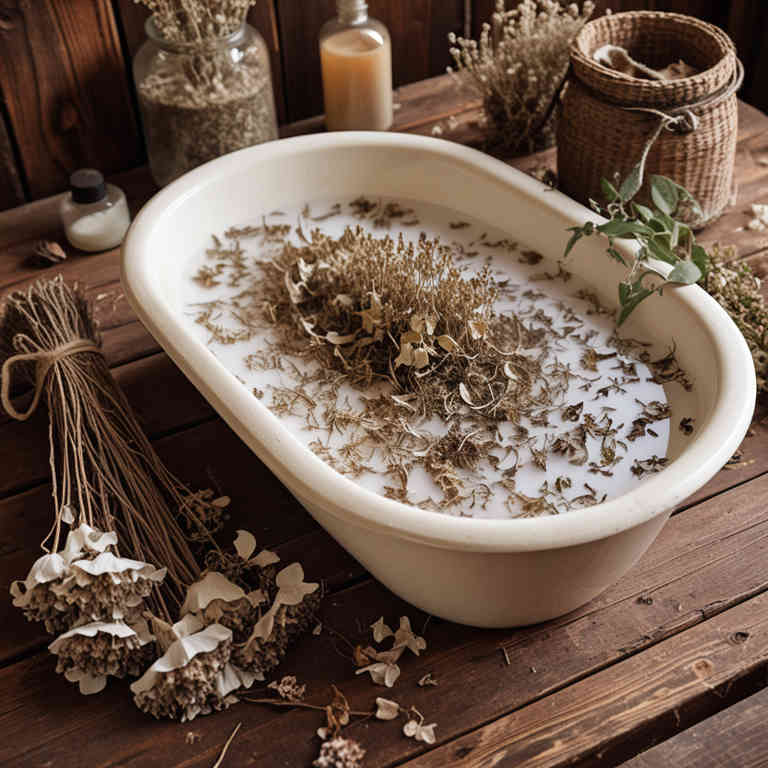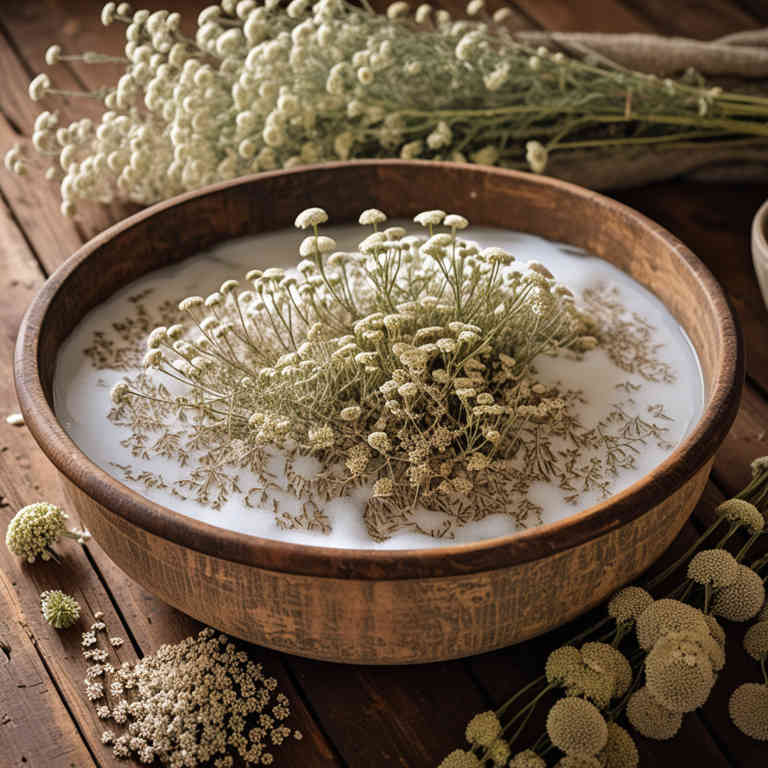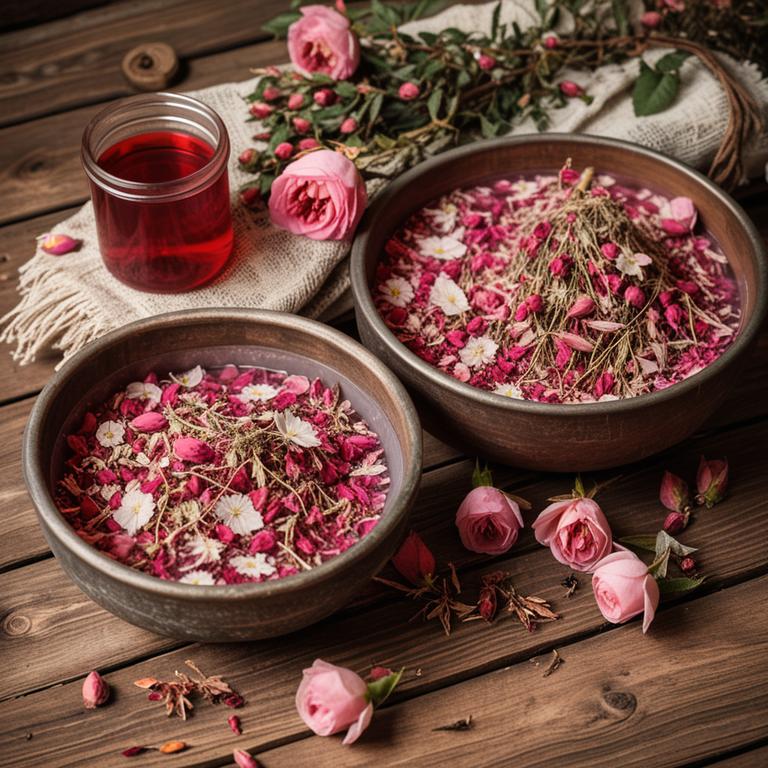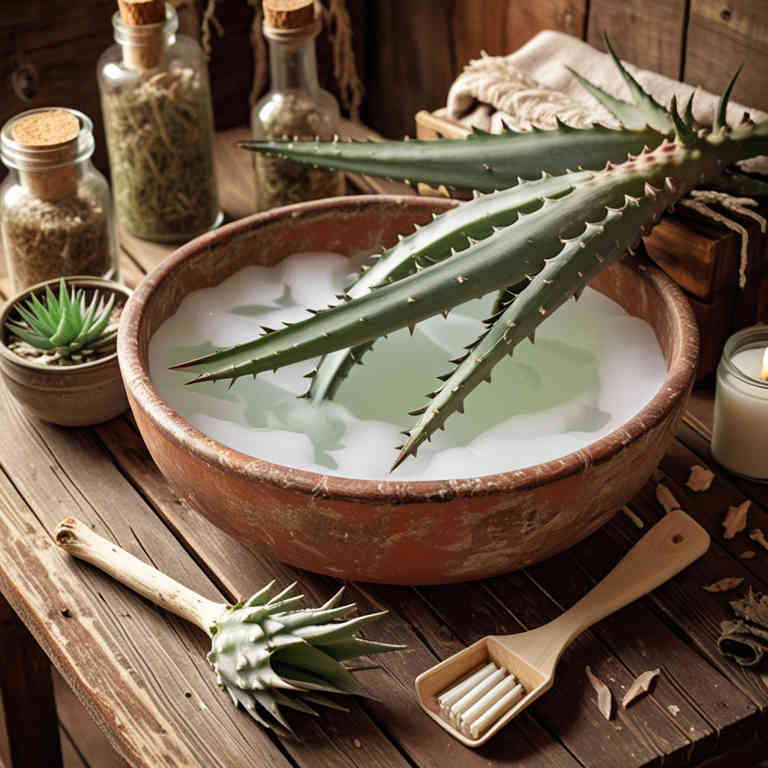10 Best Herbal Baths For Open Wounds

Herbal baths can be beneficial for open wounds when used appropriately, as certain herbs possess anti-inflammatory, antimicrobial, and soothing properties that promote healing.
Commonly used herbs include chamomile, calendula, and lavender, which can help reduce infection risk and alleviate discomfort. These herbs are typically prepared by steeping in warm water to create a soothing bath solution, which can be applied to the affected area for 10 to 15 minutes. It is important to ensure that the herbs used are safe for topical application and that the water temperature is comfortable to avoid further irritation.
While herbal baths can support wound care, they should not replace professional medical treatment, especially for severe or deep wounds.
FREE Herb Drying Checklist
How to make sure every batch retains maximum flavor, color, and aroma without the risk of mold or over-drying. Eliminate guesswork and trial-and-error, making herb drying faster, easier, and more efficient every time.
Table of Contents
1. Calendula officinalis

Calendula officinalis, commonly known as pot marigold, is often used in herbal baths for open wounds due to its anti-inflammatory and antimicrobial properties.
These baths can help soothe irritation, reduce redness, and promote the healing process by creating a gentle, soothing environment for the skin. The presence of triterpenoids and flavonoids in calendula may aid in reducing swelling and preventing infection in minor wounds. To prepare a calendula bath, infuse dried flowers in hot water, allow it to cool, and then use it to gently cleanse the affected area.
While generally safe for mild wounds, it is important to consult a healthcare professional for more severe injuries or if signs of infection appear.
2. Hypericum perforatum

Hypericum perforatum, commonly known as St. John's wort, has been traditionally used in herbal baths for the treatment of open wounds due to its anti-inflammatory and antimicrobial properties.
When infused into water, the herb can help reduce swelling, promote healing, and prevent infection in minor wounds such as cuts and abrasions. The active compounds in hypericum, including hyperforin and hypericin, contribute to its wound-healing effects by supporting cellular regeneration and tissue repair. However, it is important to note that St. John's wort may interact with certain medications, so consultation with a healthcare provider is recommended before use.
While herbal baths can be a complementary therapy, they should not replace professional medical care for severe or deep wounds.
3. Chamomilla recutita

Chamomilla recutita, commonly known as German chamomile, has been traditionally used in herbal baths for its soothing and anti-inflammatory properties, making it beneficial for open wounds.
When infused into warm water, chamomile baths can help reduce inflammation, promote healing, and provide a calming effect to the skin. The essential oils in chamomile, such as bisabolol and chamazulene, have antimicrobial and analgesic qualities that may aid in preventing infection and relieving pain. However, it is important to ensure that the wound is clean before soaking and to avoid using chamomile on大面积 or deep wounds without medical supervision.
While chamomile baths can be a complementary therapy, they should not replace professional medical care for serious or infected wounds.
4. Urtica dioica

Urtica dioica, commonly known as stinging nettle, has been traditionally used in herbal baths to promote healing in open wounds due to its anti-inflammatory and astringent properties.
When prepared as a bath, the plant's leaves and stems release compounds that can help reduce swelling and prevent infection. The soothing effect of the bath may also provide pain relief and ease the discomfort associated with wounds. However, it is important to ensure that the nettle is properly prepared to avoid skin irritation, as the stinging hairs can cause a painful reaction.
While some herbal practitioners recommend nettle baths as a complementary therapy, it is advisable to consult a healthcare professional before using it for open wounds, especially if there is a risk of infection or if the wound is severe.
5. Symphytum officinale

Symphytum officinale, commonly known as comfrey, has been traditionally used in herbal baths for the treatment of open wounds due to its purported healing properties.
The plant contains allantoin, which is believed to promote skin regeneration and reduce inflammation, making it potentially beneficial for wound healing. However, it is important to note that some sources caution against using comfrey on open wounds due to the risk of toxicity from pyrrolizidine alkaloids, which can be harmful if absorbed through the skin. Despite these concerns, some alternative medicine practitioners still recommend diluted comfrey baths for minor wounds under careful supervision.
As with any herbal treatment, it is advisable to consult a healthcare professional before using symphytum officinale for open wounds to ensure safety and appropriateness.
6. Achillea millefolium

Achillea millefolium, commonly known as yarrow, has been traditionally used for its astringent and anti-inflammatory properties, making it a potential candidate for herbal baths in the treatment of open wounds.
When infused into water, yarrow can help reduce swelling, promote healing, and prevent infection due to its antimicrobial and vulnerary effects. Herbal baths with yarrow may soothe irritated tissues and encourage the body's natural healing processes by improving circulation and reducing pain. However, it is important to consult a healthcare professional before using yarrow on open wounds, as it may interact with certain medications or cause allergic reactions in some individuals.
While yarrow can be a complementary therapy, it should not replace conventional medical treatments for serious wounds.
7. Rosa canina

Rosa canina, also known as dog rose, has been traditionally used in herbal baths for its soothing and healing properties, particularly for open wounds.
The flowers and hips of the Rosa canina plant contain anti-inflammatory and antimicrobial compounds that can help reduce infection risk and promote tissue repair. When prepared as a herbal bath, Rosa canina can gently cleanse and soothe irritated or wounded skin, providing relief from pain and inflammation. This natural remedy is often recommended for minor cuts, abrasions, and other superficial injuries due to its mild yet effective action.
However, it is important to consult a healthcare professional before using Rosa canina baths, especially for more severe or deep wounds.
8. Echinacea purpurea

Echinacea purpurea, commonly known as purple coneflower, has been traditionally used for its purported antimicrobial and anti-inflammatory properties.
While it is often used in teas or topical salves, some alternative practitioners suggest using echinacea in herbal baths for open wounds to promote healing and reduce infection risk. The plant contains compounds like alkamides and polysaccharides, which may help stimulate the immune system and support wound recovery. However, it is important to note that there is limited scientific evidence supporting the efficacy of echinacea baths for open wounds, and caution should be exercised to avoid irritation or allergic reactions.
As with any herbal remedy, it is advisable to consult a healthcare professional before using echinacea for wound care.
9. Lavandula angustifolia

Lavandula angustifolia, commonly known as English lavender, has been traditionally used in herbal baths for its soothing and anti-inflammatory properties, which can be beneficial for open wounds.
When infused into warm water, lavender essential oil or dried lavender flowers can help reduce inflammation, promote healing, and alleviate pain associated with minor wounds. The aromatic compounds in lavender may also have a calming effect, helping to reduce stress and enhance the body's natural healing processes. However, it is important to ensure that the lavender used is properly diluted to avoid skin irritation, especially for sensitive or open wounds.
While lavender baths can complement conventional wound care, they should not replace medical treatment for serious injuries, and individuals with allergies or compromised immune systems should consult a healthcare professional before use.
10. Aloe barbadensis

Aloe barbadensis, commonly known as aloe vera, has been traditionally used for its soothing and healing properties, making it a popular choice for herbal baths intended to treat open wounds.
When applied topically, aloe vera gel can help reduce inflammation, promote tissue regeneration, and provide a cooling effect that alleviates pain and discomfort. Its natural antimicrobial properties may help prevent infections in minor cuts, abrasions, and burns, supporting the body's natural healing process. To prepare an aloe herbal bath, the gel can be diluted with water and added to a warm bath, allowing the skin to absorb its beneficial compounds.
However, it is important to consult a healthcare professional before using aloe vera on severe or deep wounds to ensure safety and proper treatment.